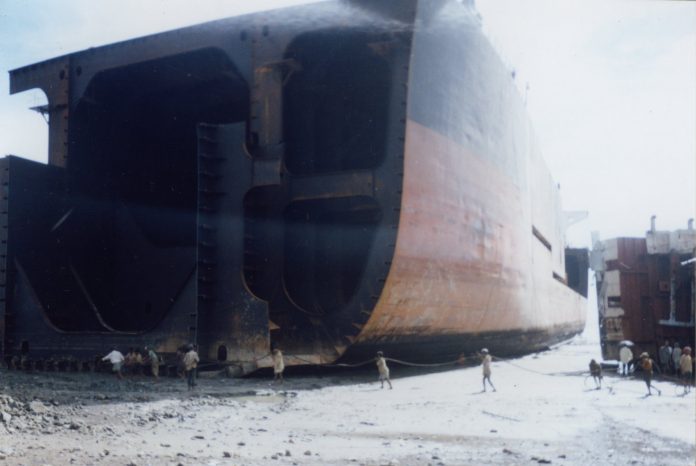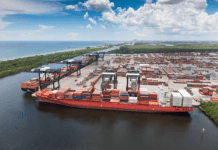
In excess of 40% of the world’s shipyard capacity is expected to run out of orders by the end of 2021, according to research from Danish Ship Finance (DSF).
According to the DSF analysis there are 281 shipyards currently operating, with a combined capacity of 56 million CGT (compensated gross tonnes). However, just 64 of these yards account for 75% of the current vessel orderbook. “We expect these first-tier yards to form the core of the future yard landscape,” reported DSF.
That leaves some 217 yards have split the remaining 25% of the current orders between them and this year 114 of these second-tier yards, with an aggregated capacity of 7.5 million CGT, are expected to deliver their last ships.
A further 106 yards, of 16 million CGT do not have orders beyond the end of next year, and DSF argues, “the situation will only worsen after 2021”. Of the 64 tier one yards, 34 are Chinese, 10 Japanese, five South Korean, 13 European and two other yards from none of these countries.
In the container shipping sector, the problem has been that the delivery of very large capacity ships “continues to dictate the market dynamics and exacerbate the overcapacity [problem],” according to the DSF report, with the company adding that container lines have attempted to absorb this capacity by cascading smaller vessels to secondary trades.
Following the outbreak of the Covid-19 crisis, however, that option has diminished as vessels have been laid up and chartered ships have been returned to owners in the wake of the collapse in demand for ship capacity.
Once breakers yards reopen there is a probability that vessels displaced by larger, newer ships will become “scrapping candidates”, later this year. And with the frontloading of the shipbuilding market, with 70% of feeder vessels on order due to be delivered this year and a further 40% of larger vessels also due for delivery in 2020 the supply side situation is likely to worsen in the coming months.
According to DSF, 80% of the current orderbook will be delivered by the end of 2021, but the financial institution says, “It seems unlikely that we will see any major ordering activity during the next two to three years. The next wave of contracting activity may come when the consensus is emerging regarding the future fuel mix, leading to the next generation of more decarbonised and automated vessels. The timing is still uncertain.”
Nick Savvides
Managing Editor





